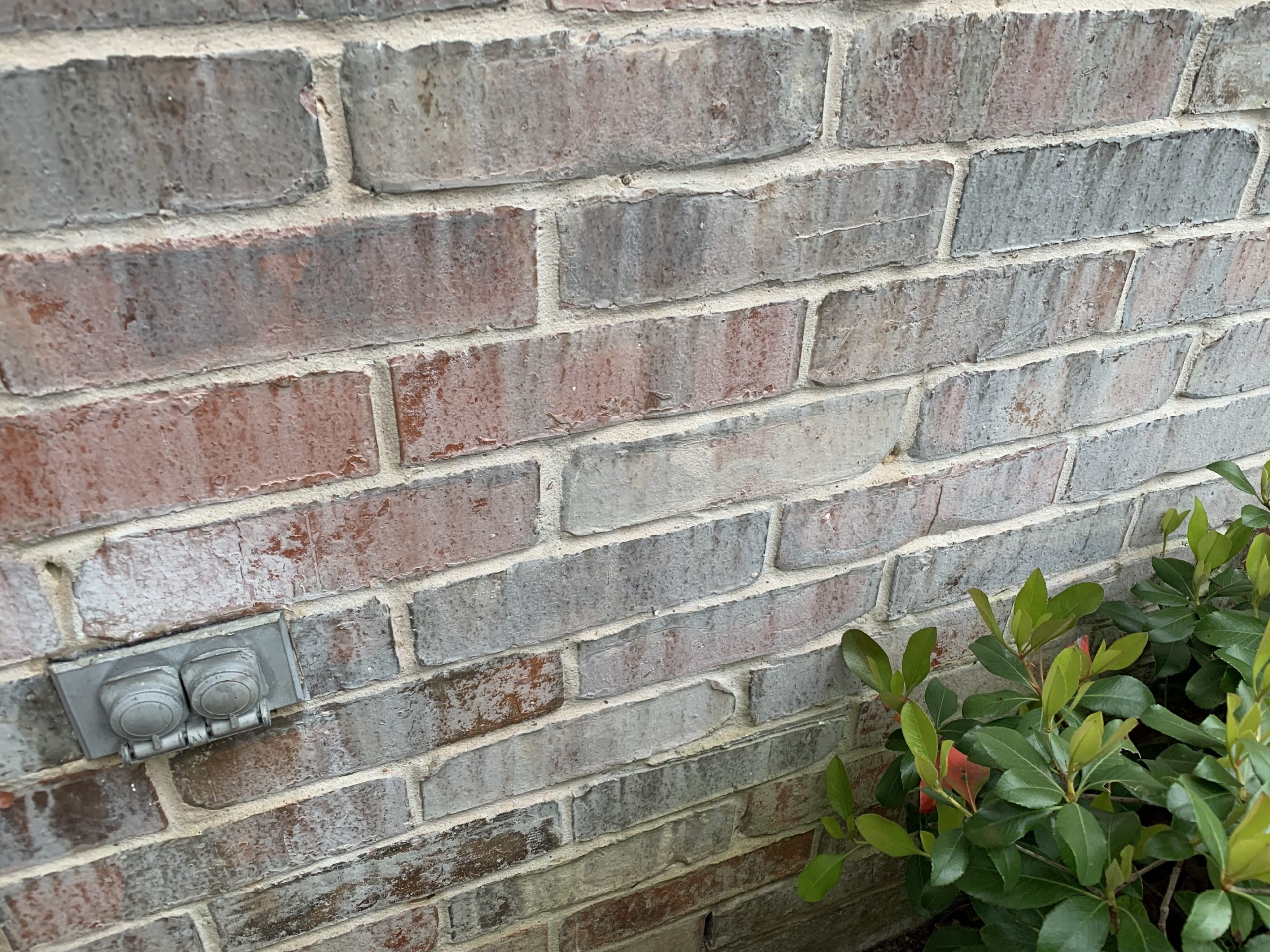
If you’ve ever noticed unsightly white or chalky stains on your concrete, brick, or siding, chances are you’re dealing with calcium or hard water deposits. These marks aren’t just unpleasant to look at—they can also weaken surfaces over time if left untreated. Luckily, power washing is one of the most effective ways to remove these stubborn stains when done properly. Let’s walk through how to tackle this issue and restore your surfaces back to their original shine! ✨
🔍 What Are Calcium and Hard Water Stains?
Hard water contains high concentrations of minerals—mostly calcium and magnesium. When this mineral-rich water evaporates, it leaves behind deposits on surfaces like patios, sidewalks, garage doors, glass, and pool decks. Over time, these deposits harden and bond with the surface, making them difficult to clean with just soap and water.
They’re especially common in:
- Areas with sprinkler overspray 🚿
- Pool decks and fencing 🏊
- Water fountains or spigots 💦
- Driveways or brick walls near irrigation systems 🌿
⚠️ Why Regular Cleaning Isn’t Enough
Hard water stains become calcified—meaning they turn into a tough crust that adheres to the surface. If you’ve ever tried to scrub them off manually, you already know it’s back-breaking and often ineffective. Standard cleaning methods like using vinegar or mild cleaners don’t work once the deposit has hardened.
This is where power washing comes in. With the right tools and approach, it can safely break up and lift off mineral buildup without damaging the surface.
💪 How Power Washing Removes Hard Water Stains
Power washing works by using high-pressure water (usually 1,500–3,500 PSI) to blast contaminants off surfaces. When paired with a specialized cleaning agent, it becomes even more effective against mineral buildup.
Here’s a step-by-step process:
- Identify the surface type – Concrete, brick, vinyl, or glass? Each requires a different PSI and cleaner.
- Pre-treat the area – Apply a calcium remover or acidic cleaner (like muriatic acid or CLR) and let it dwell for 5–10 minutes. 🧪
- Use a surface-appropriate nozzle – A 25-degree green tip works well for most flat surfaces.
- Power wash evenly – Keep the wand moving to avoid etching or streaks. 🚿
- Rinse thoroughly – Don’t leave any cleaner behind. It can leave new stains.
Browse Amazon Here For Top Rated Power Washers And Accessories
🧴 Best Cleaners to Use
For calcium and lime stains, avoid bleach (it won’t dissolve minerals). Instead, look for:
- CLR (Calcium, Lime, Rust remover)
- Muriatic acid (for concrete—use extreme caution!)
- Vinegar or citric acid (for light stains or glass)
Always follow manufacturer instructions and test in a small area first.
🧱 Tips for Different Surfaces
- Concrete: Durable, can handle higher pressure. Pre-soak with cleaner for best results.
- Brick: Softer, so use a lower PSI and a wide-angle nozzle to avoid disintegration.
- Glass: NEVER use high pressure! Use a light chemical wash followed by gentle rinsing.
- Vinyl siding: Low pressure and a soft brush may be necessary after applying a cleaner.
⛔ Common Mistakes to Avoid
- Using too much pressure can etch concrete or crack siding.
- Not using the right cleaner means the stains may come back.
- Skipping pre-treatment can make the job much harder.
- Not sealing surfaces after can allow future stains to form faster.
✅ Prevent Future Stains
Once you’ve removed the calcium stains, here’s how to prevent them from coming back:
- Adjust sprinkler heads to avoid hitting walls or concrete.
- Use a water softener for irrigation systems.
- Apply a concrete or brick sealant to protect surfaces.
- Power wash once or twice a year to stay ahead of buildup.
🧼 Final Thoughts
Calcium and hard water stains can make beautiful surfaces look old and neglected—but power washing provides a fast, effective fix. When combined with the right chemical cleaner and technique, it can restore curb appeal and protect your property from long-term damage.
Whether you’re tackling a pool deck, driveway, or patio, don’t let mineral stains stick around. Let power washing wash them away! 💦✨
Browse Amazon Here For Top Rated Power Washers And Accessories



